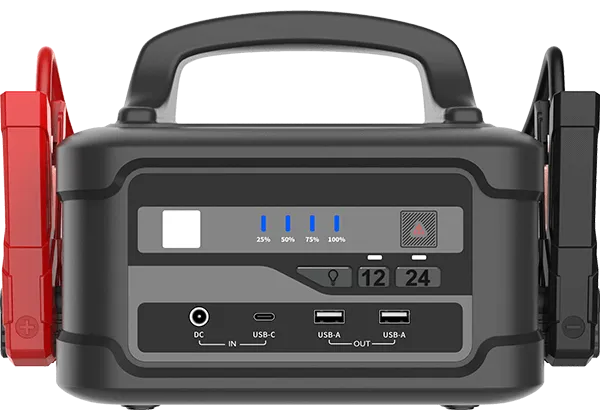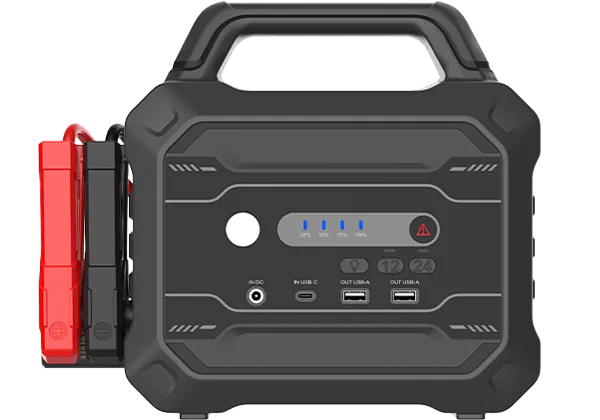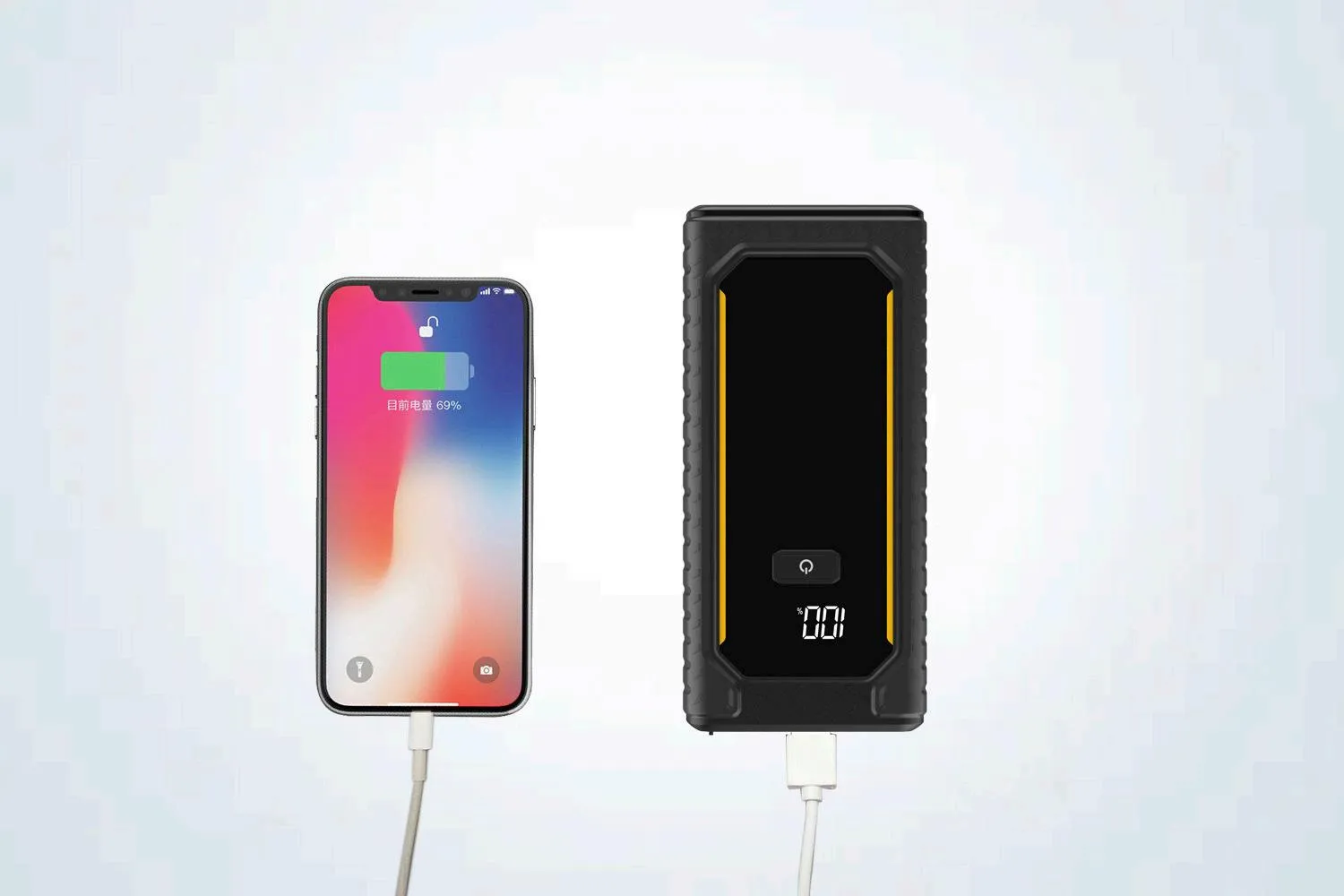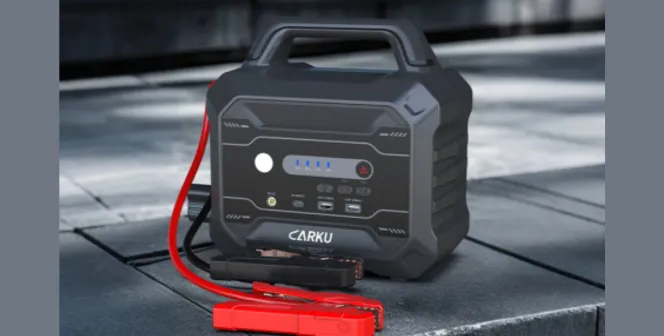Looking for the best portable power solution when your gear just can’t keep up? Whether you're off-grid, deep in a project, or facing a blackout, having a reliable setup isn't optional—it's essential. This isn’t just another “portable power” tip... it's a real-world solution that'll save your day( and your devices).
Can a portable power station charge an electric car?
As portable power stations become increasingly popular for outdoor adventures, emergency backup, and mobile job sites, many users are asking the same question:
Can it charge an electric vehicle (EV)?It sounds logical—after all, if it can power your phone, tablet, or even your laptop, why not your car?
But here's the catch: there’s a big difference between a 12V car battery and a full-size EV battery. The two operate on completely different voltages and charging standards.
To make it easier to understand where the Carku PB-85 truly shines, we’ve laid out a side-by-side comparison of how it performs with a 12V car battery versus an electric vehicle:
|
Features
|
12V Car Battery(Jump Start)
|
EV Main Battery(Full Charge)
|
|
Typical Voltage
|
12V DC
|
300V-800V DC
|
|
Battery Capacity
|
30-70Ah
|
50-100kWh
|
|
Charging Time with PB-85
|
10-30min
|
Not Supported
|
|
PB-85 Compatibility
|
Fully compatible
|
Not compatible
|
|
Real-World Use Case
|
Jump-starting vehicles
|
Not practical with current portable tech
|
|
Conclusion
|
Ideal for gas-powered cars and emergencies
|
Requires a dedicated EV charging system
|
Can a portable power station charge a car battery?
In the automotive world, "car battery" can refer to two very different systems: the familiar 12V battery found in most gas-powered vehicles, and the high-voltage main battery pack that powers electric vehicles (EVs).
Understanding this distinction is essential before you connect your portable power station and expect it to do the job. Let’s break down what’s possible—and what’s not—when using a unit like the Carku PB-85.
A portable power station like the Carku PB-85 can charge a car battery, but with an important clarification.It can charge or jump-start a 12V car battery, which is typically used in gasoline or diesel vehicles for starting the engine and powering basic electronics. If you're referring to the main drive battery in an electric vehicle.It cannot charge the main battery of an electric vehicle (EV),which operates at much higher voltages (300V–800V) and requires a dedicated EV charging system.
What is the difference between a power bank and a portable power station?
In a world where staying connected is more important than ever, having access to reliable portable power has become a necessity. Whether you’re commuting to work, heading off the grid for a weekend camping trip, or preparing for unexpected power outages, the right power solution can make all the difference.
Two of the most popular options on the market are power banks and portable power stations, but while they might seem similar at first glance, they serve very different purposes.
A power bank is ideal for quick, convenient charging of small devices like phones and tablets, while a portable power station offers higher capacity and broader compatibility with appliances and multiple gadgets.We’ll take a closer look at the core differences between these two power solutions, explore their use cases, and help you determine which one best fits your needs.
If you're powering mobile gear—go with the PB-53.PB-53 is a high-performance power bank, ideal for mobile professionals and travelers needing fast USB-C PD charging and lightweight portability.If you're powering your campsite or tools—choose the PB-85.PB-85 is a true portable power station, meant for off-grid living, emergency preparedness, or DIY job sites, with enough wattage to power small electronics and jump-start vehicles.
Whether you're a frequent flyer, an outdoor explorer, or just someone looking for peace of mind during an outage, understanding the difference between a power bank and a portable power station will help you make a more informed decision.
How do you charge a portable power station and an extra power station battery?
When you're out in the field or dealing with power outages, having a reliable power source is crucial. If you want to ensure your portable power station stays powered up for longer, using an additional battery is a practical solution.This method involves connecting an external battery, like a high-capacity LiFePO4 battery, through the right connectors and converters, giving you extended power on demand.
Four Steps to Implement the Portable power Solution:
1.Choose the Right External Battery: Select a high-capacity battery like the LiTime 48V LiFePO₄ battery to serve as your external power source.
2.Use a DC-DC Converter: Use a DC-DC converter to adjust the voltage from the external battery to match the input voltage required by your portable power station. For example, convert 48V to 12V or 24V depending on your power station’s specifications.
3.Connect to the Power Station: Once the voltage is adjusted, connect the external power to your portable power station using suitable cables.
4.Monitor the Charging Process: Keep an eye on the charging process with a voltmeter or ammeter to ensure voltage and current levels stay within safe ranges.
Where to charge portable power station?
You can charge a portable power station in several convenient ways depending on your location and access to power:
1. Wall Outlet (AC Charging)
Plug your power station into a standard home or office wall socket using the included AC charger. It is designed for everyday use, quick refills before traveling, and indoor environments. However, some models may overheat if left plugged in for extended periods in poorly ventilated areas.
2. Car Charger (12V DC Port)
Use the included car charging cable to plug your power station into your vehicle’s 12V cigarette lighter socket.It's suitable for road trips, charging while driving, and as an emergency backup during car travel.However,drawing too much power from the 12V socket may blow your vehicle’s fuse. Check the max current output of your car.
3. Solar Panels (Solar Charging)
Connect portable solar panels to your power station’s solar input. Charge time depends on sun exposure and panel wattage.The applications of flexible solar panels include camping, off-grid living, and sustainable energy use during power outages.
Moreover, there are some common pitfalls worth remembering: Panel Incompatibility: Not all panels are compatible. Check for the correct voltage range, connectors, and maximum input wattage.
Weather Dependency: Cloudy weather or shaded areas can drastically reduce charging speed.
Angle & Positioning: Panels need to face the sun directly and should be adjusted throughout the day for optimal performance.
No MPPT Controller: Without an MPPT controller, solar charging will be slower and less efficient.
5 ways to charge a portable power station
Whether you're an off-grid adventurer, a digital nomad, or simply preparing for emergencies, knowing how to get the most out of your portable power station is essential. Boost Your Portable Power Station with Flexible Solar Panels (19V 110W / 48V 220W / 40.32V 400W): Pro Tips for Maximum Efficiency, Battery Life & Expansion
Use the Original Charger: Always charge with the manufacturer-supplied adapter to avoid reduced efficiency or potential damage caused by third-party chargers.
Dual Charging Mode: Combine AC wall charging with solar panel input for faster recharge times—ideal when you're in a rush or off-grid.
Temperature Matters: Charge your unit in a temperature-controlled environment—extreme heat or cold can degrade performance and shorten battery lifespan.
Don’t Wait for 0%: Avoid waiting until the battery is fully depleted. Charging between 20% and 80% helps maintain long-term battery health.
The best way to boost your portable power station
If you've ever found your portable power station running out of juice faster than expected, you're not alone. One smart portable power solution to solve this problem is by expanding its capacity with an external battery pack.
For example, in a recent demonstration using the Carku PT85 (600W), users were shown how to double the station’s capacity by linking it to a compatible external battery. This method involves connecting the battery using appropriate cabling and ensuring voltage compatibility to maintain system safety and stability.By doing so, you unlock longer run times for your devices—whether you're off-grid camping, working on a job site, or preparing for emergencies. It's a simple yet powerful way to maximize your gear’s potential without upgrading to a brand-new system.
Is it worth pairing a large battery with a portable power station?
Considerations: A battery is not the same as a power station. Purchasing items simply because they are inexpensive, on sale, or advertised as "a good deal" is often a false economy unless you are already aware of how they will integrate into your overall system.With these best practices and upgrades, your portable power station becomes more than a backup—it's a reliable partner for adventure, productivity, and peace of mind.Need help finding compatible accessories or expansion packs?
You might also like:
What Is A Motorcycle Starting Battery?
What is Difference Between LiFePO4 and Lithium Batteries for Car Jump Starter?







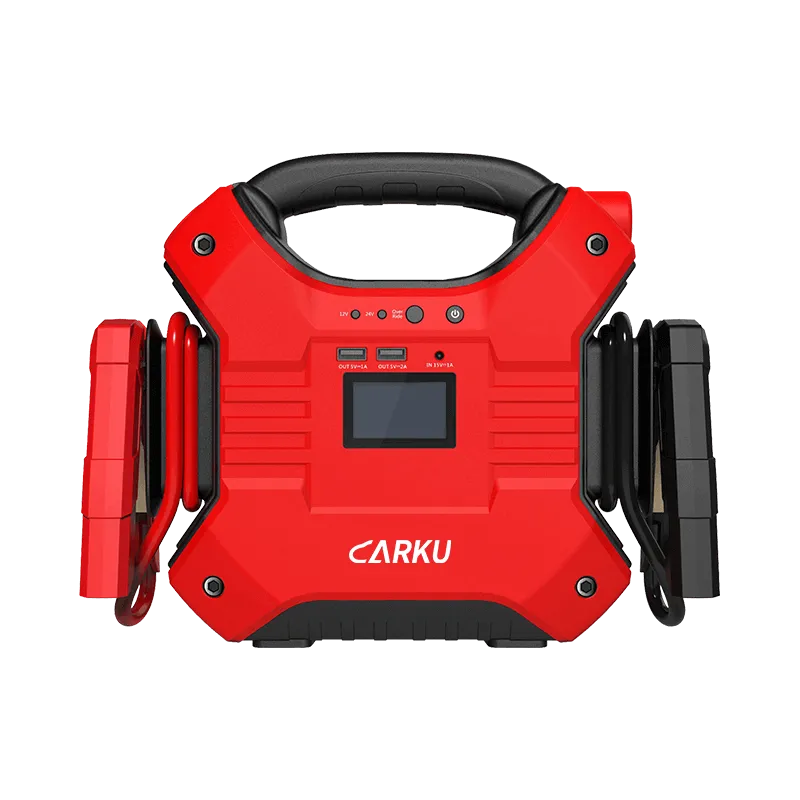

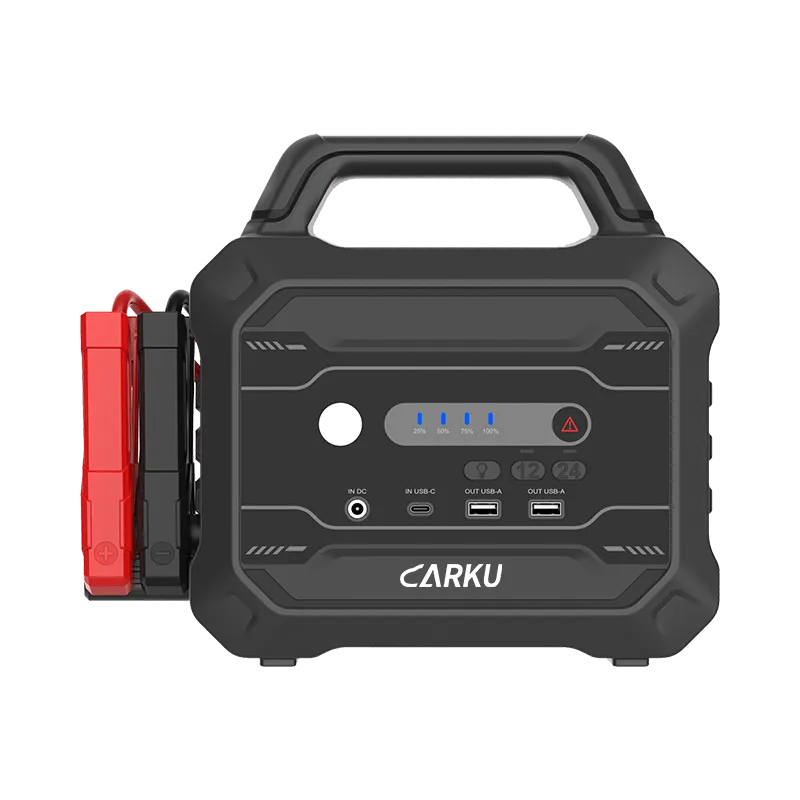

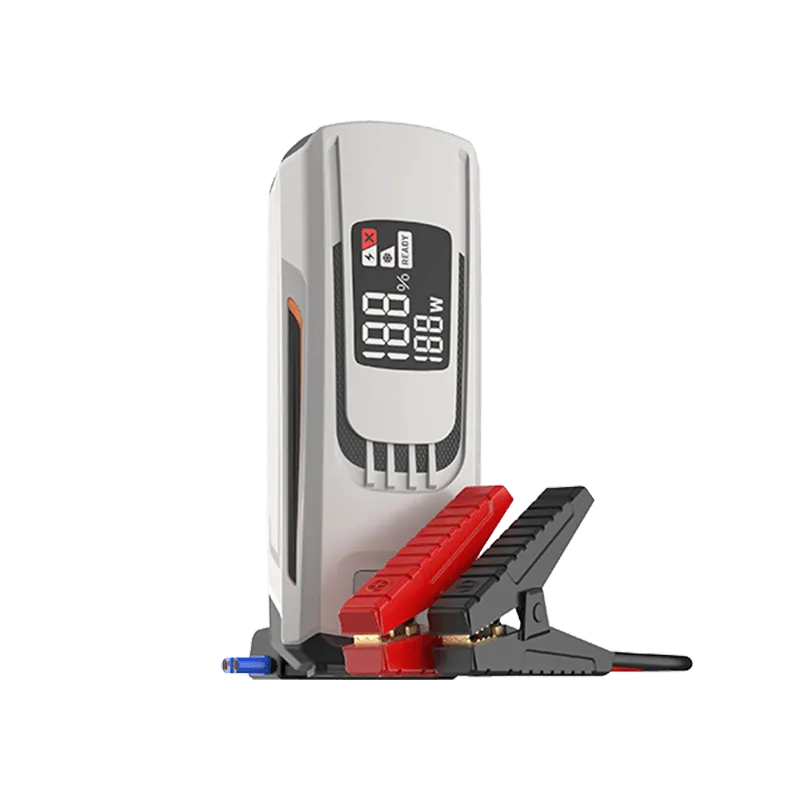
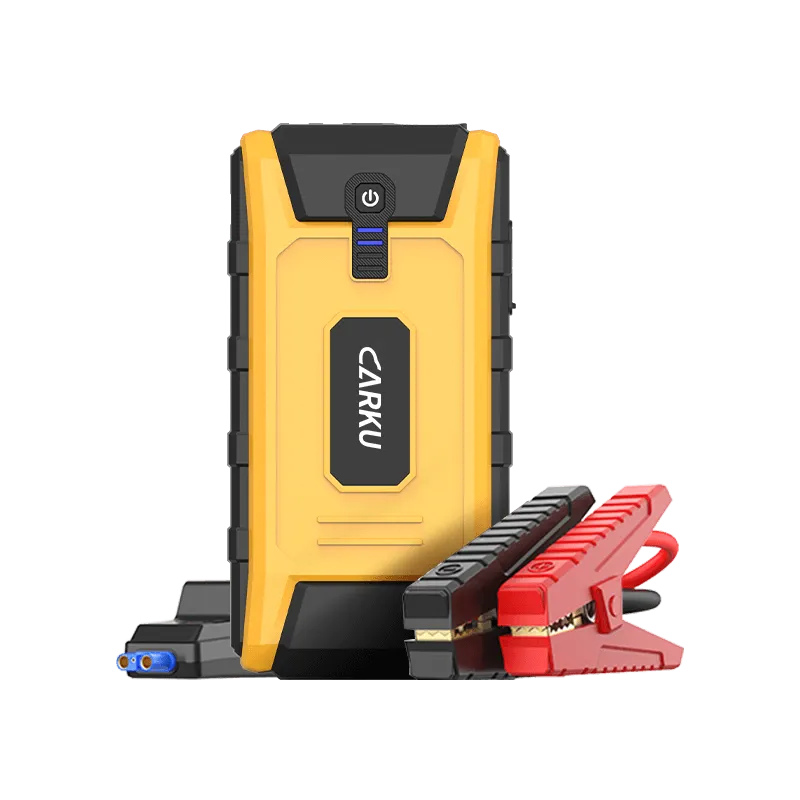
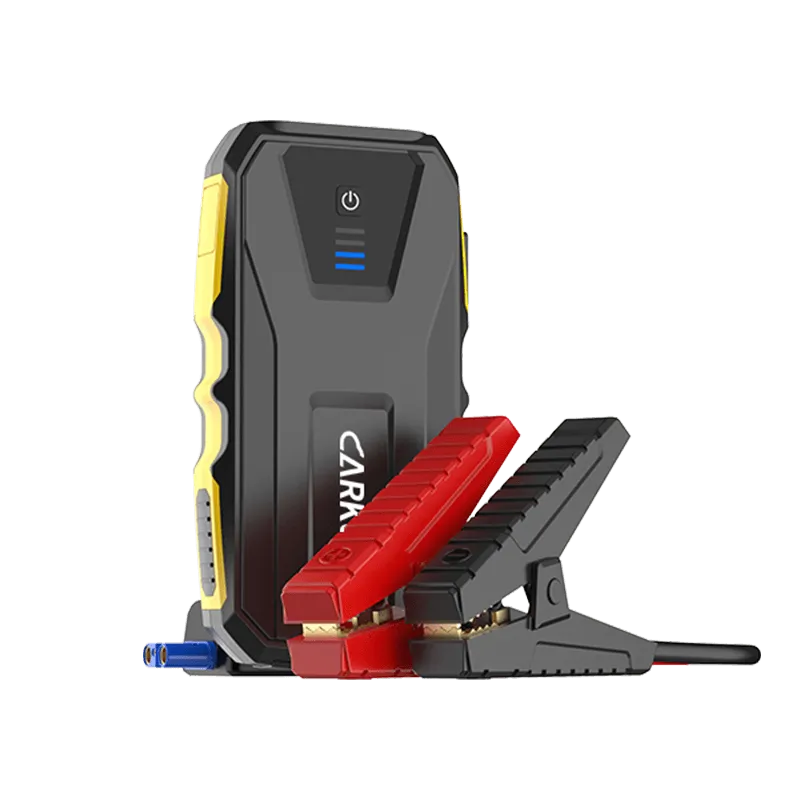
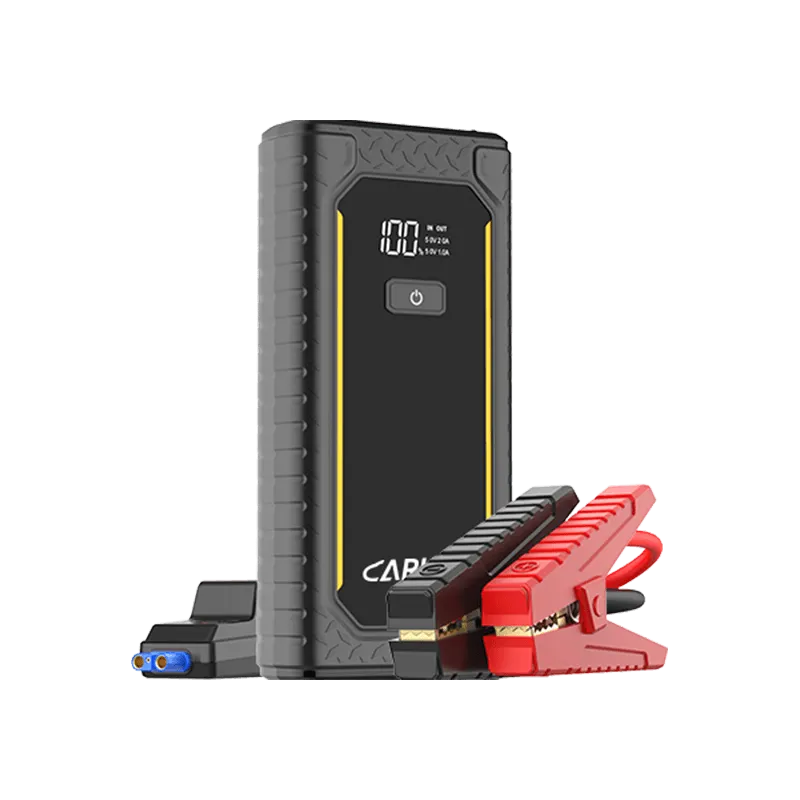
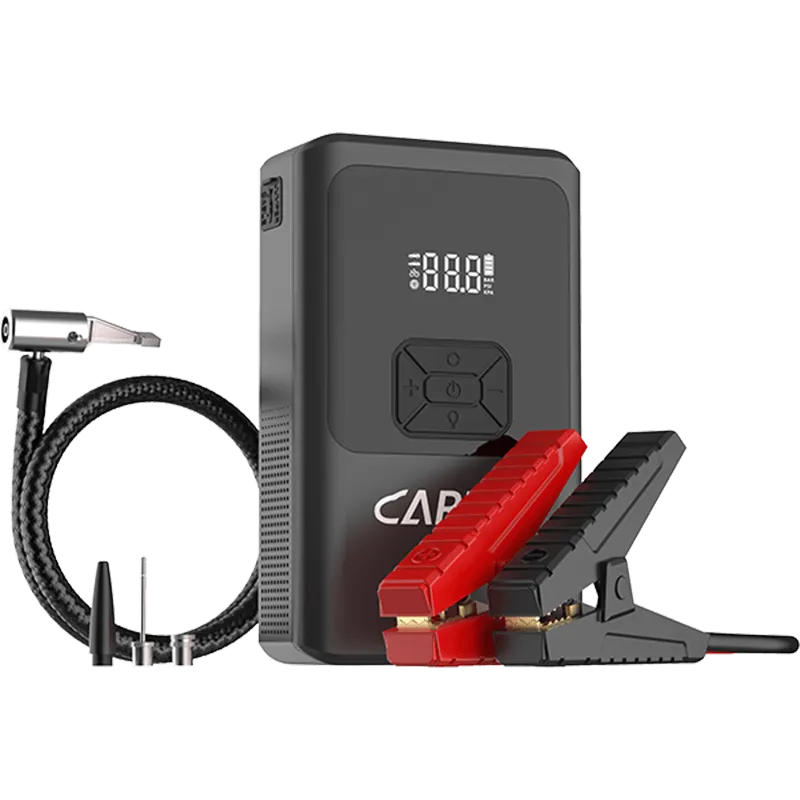
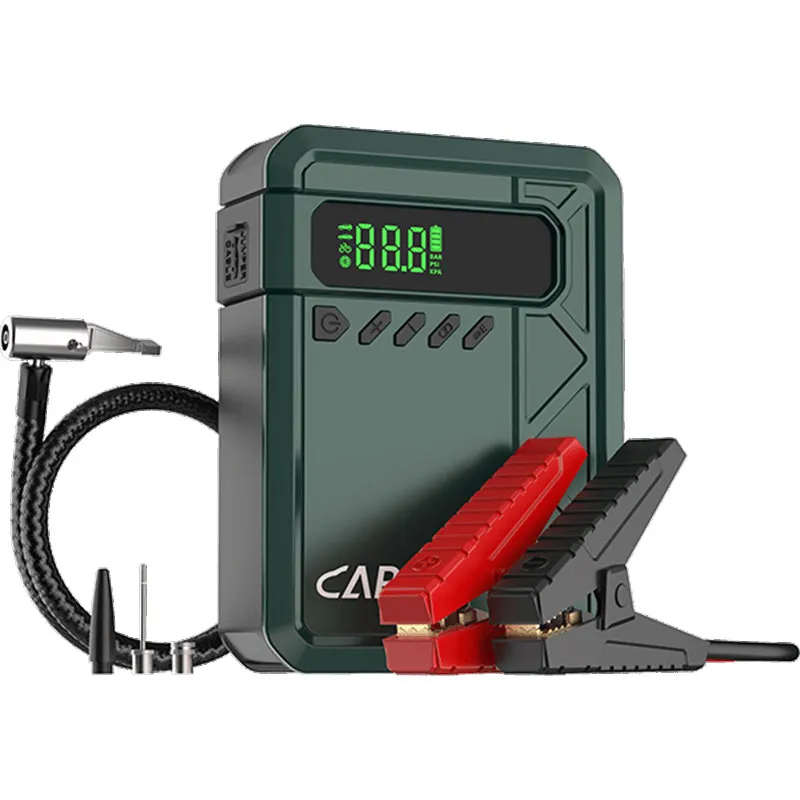
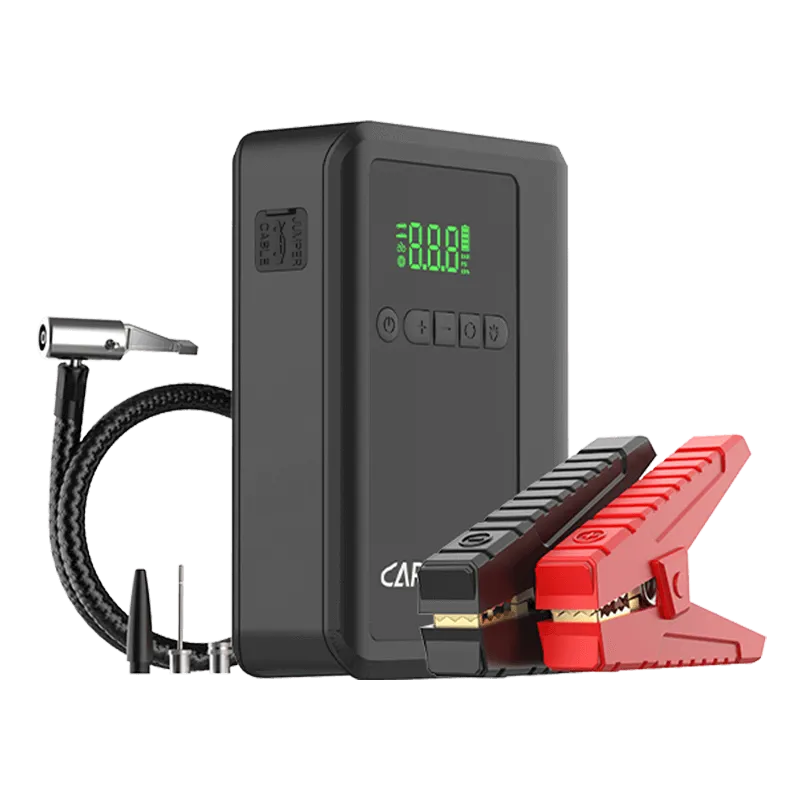
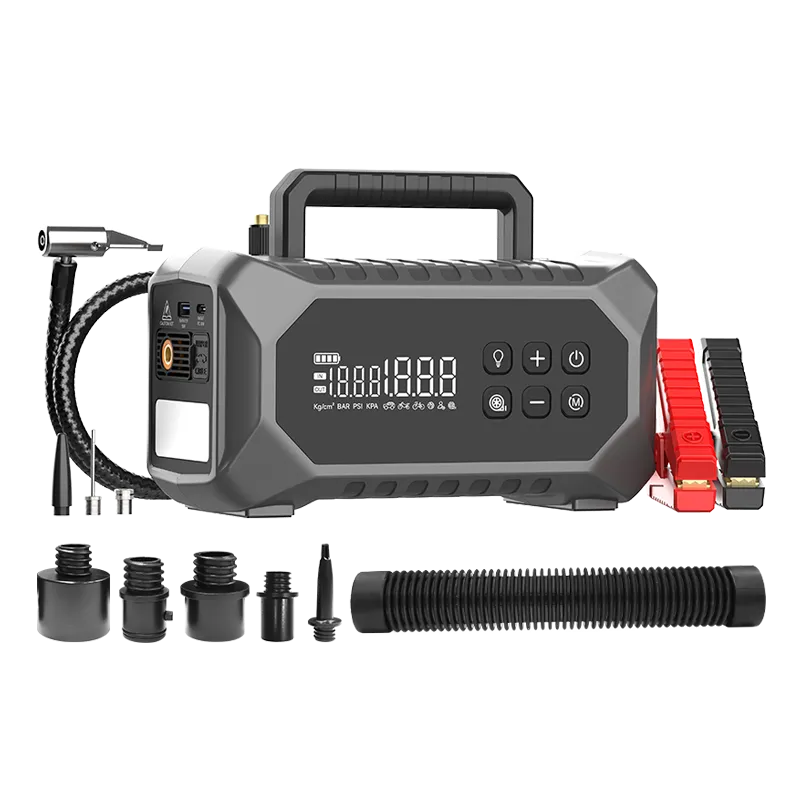
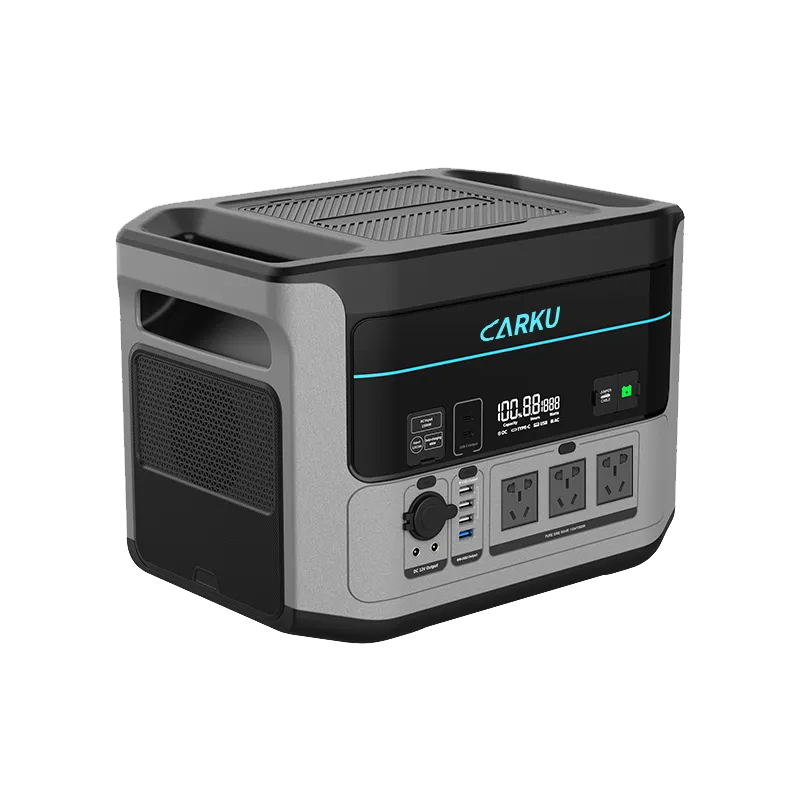
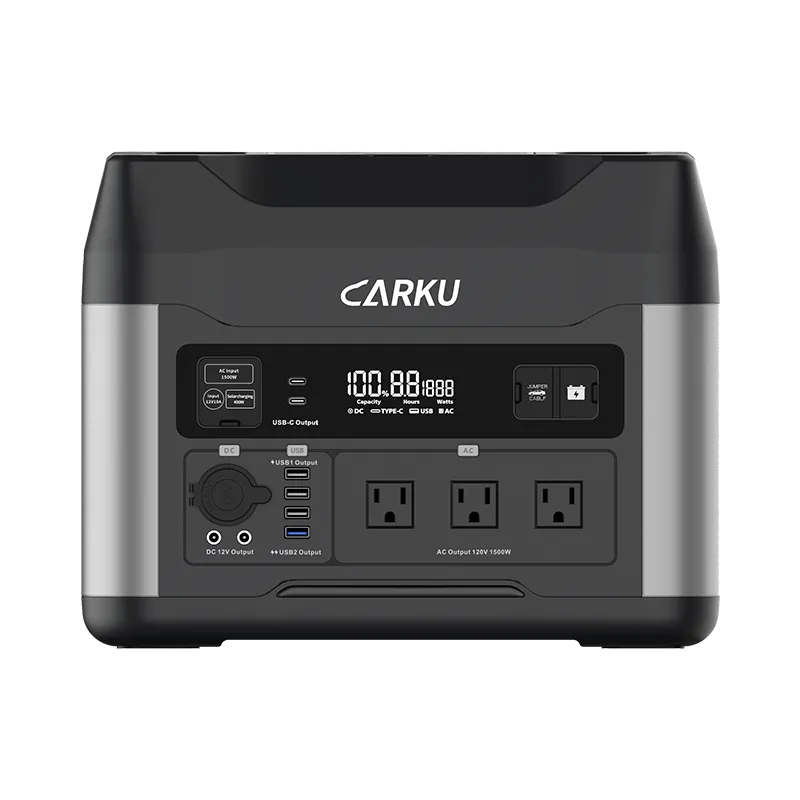

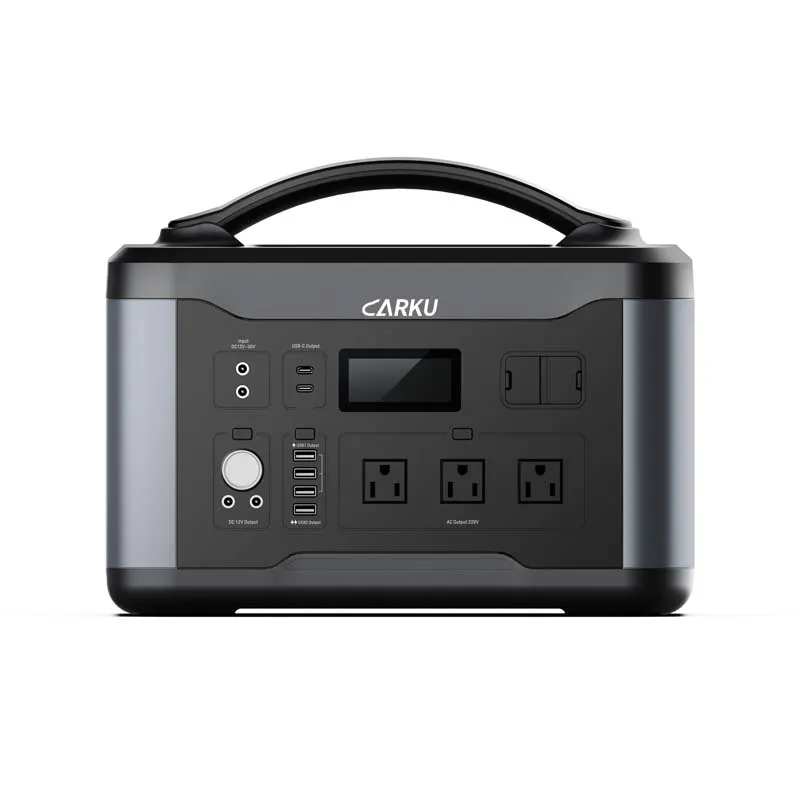
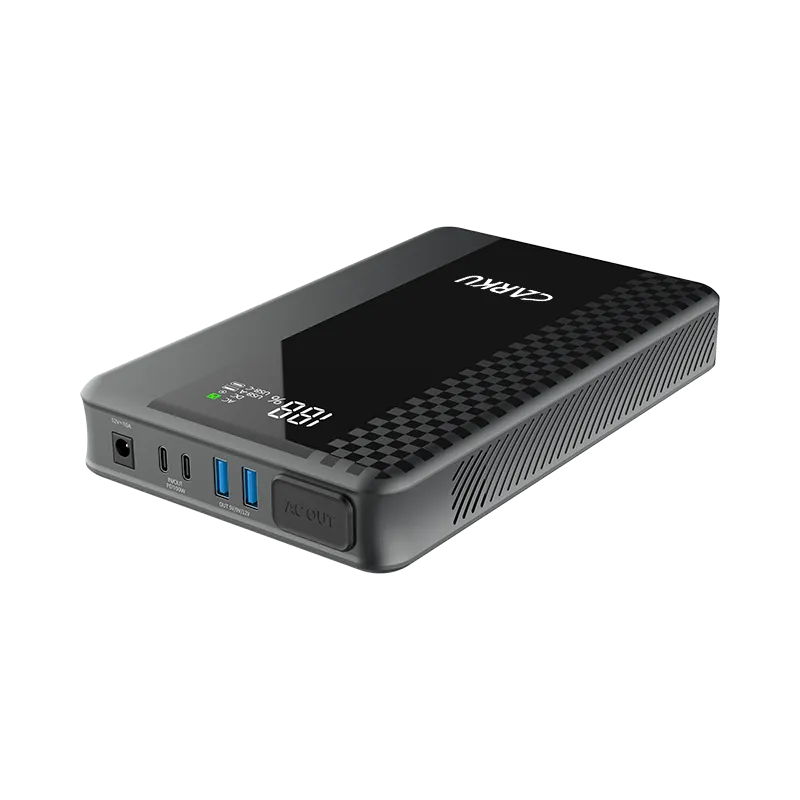
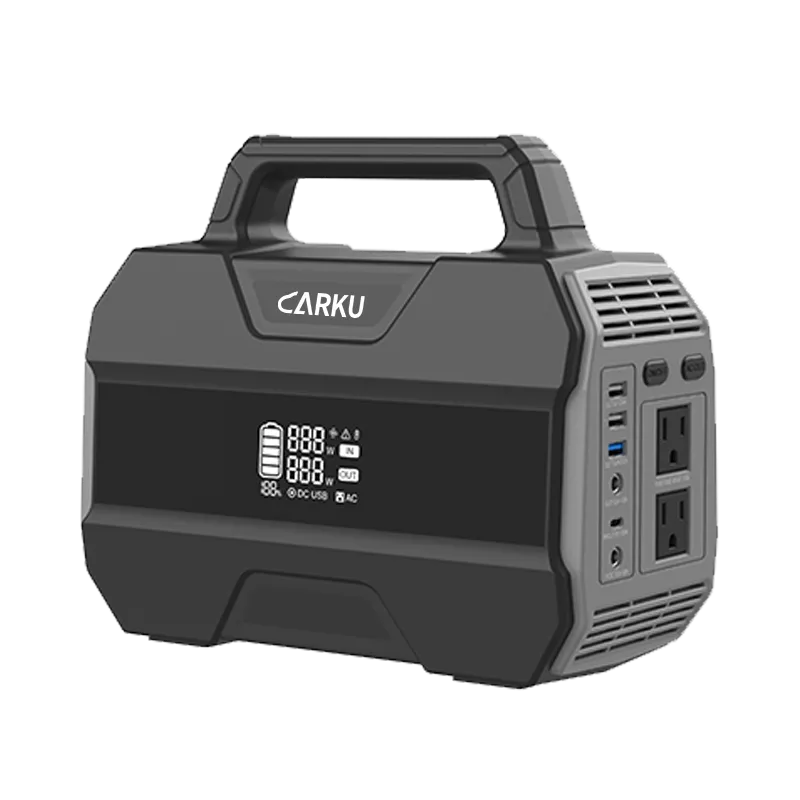
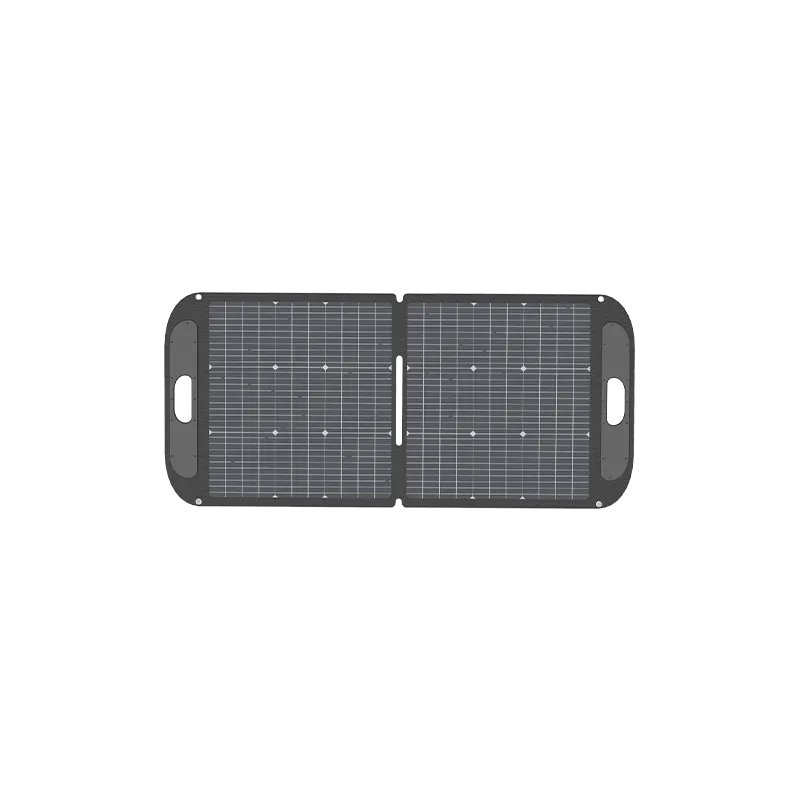
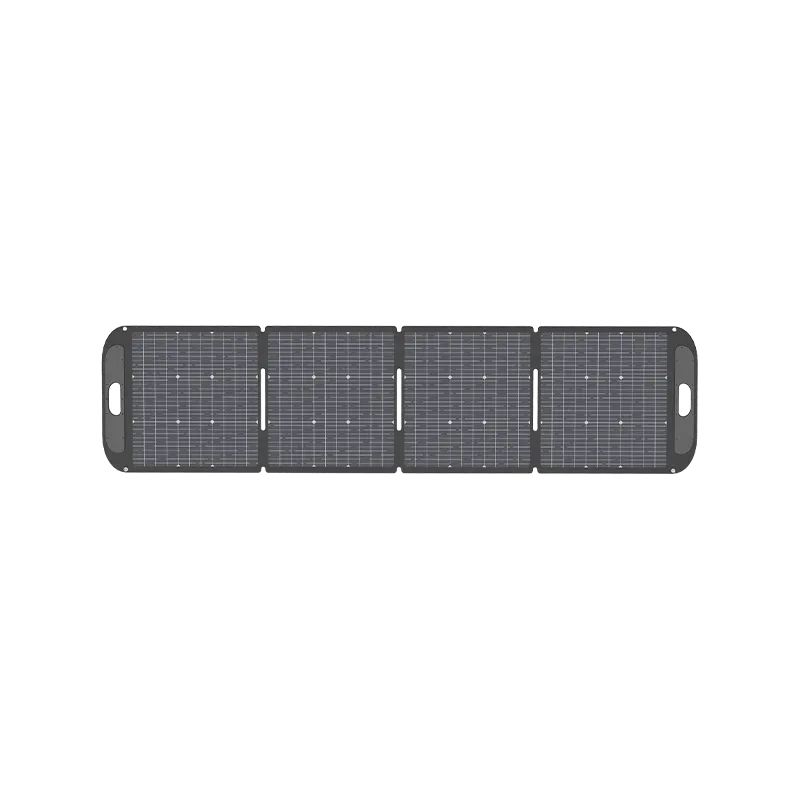
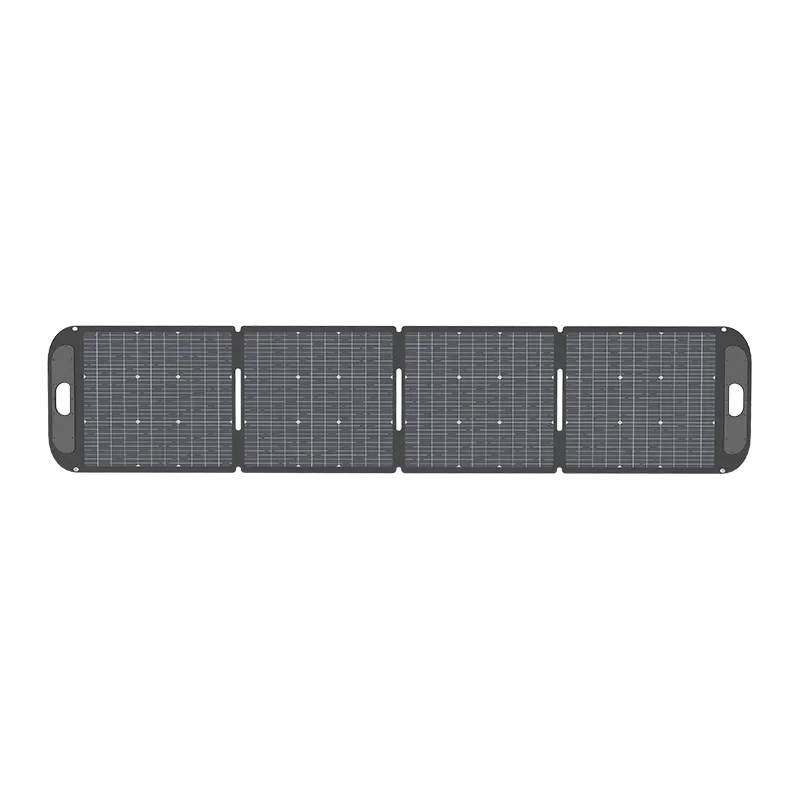
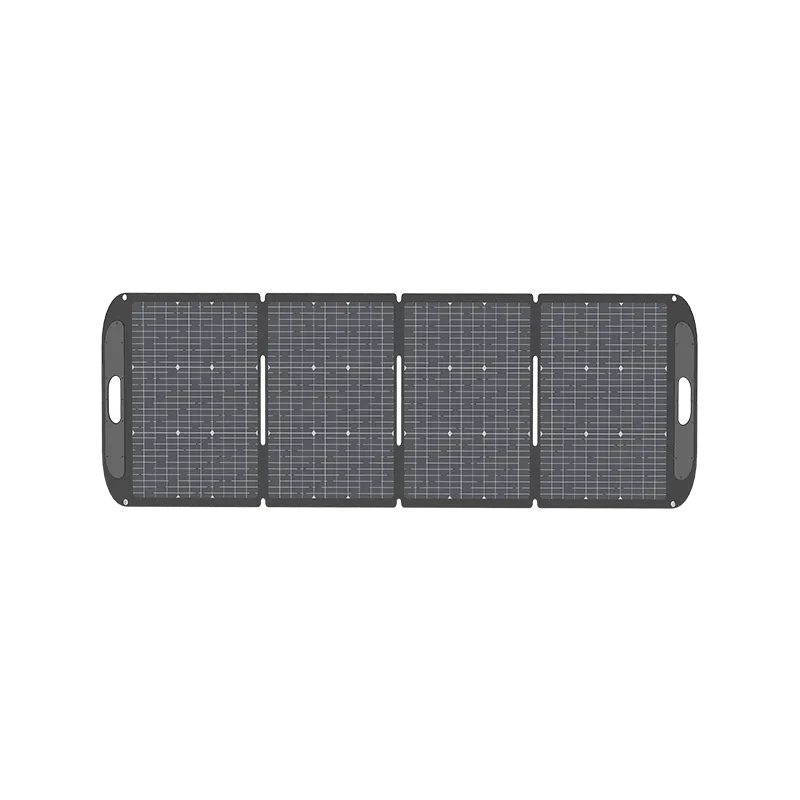
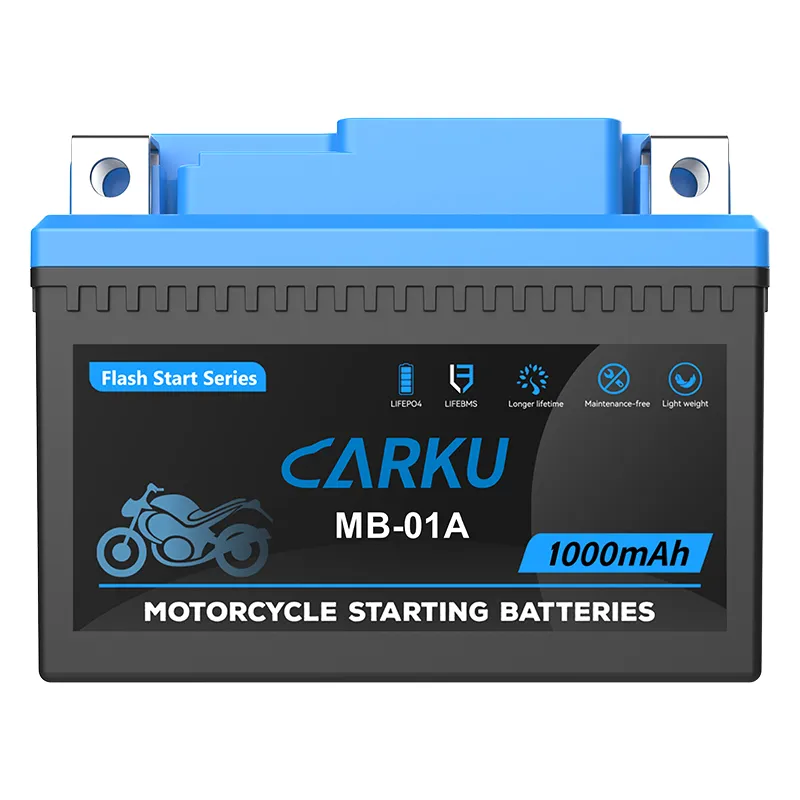
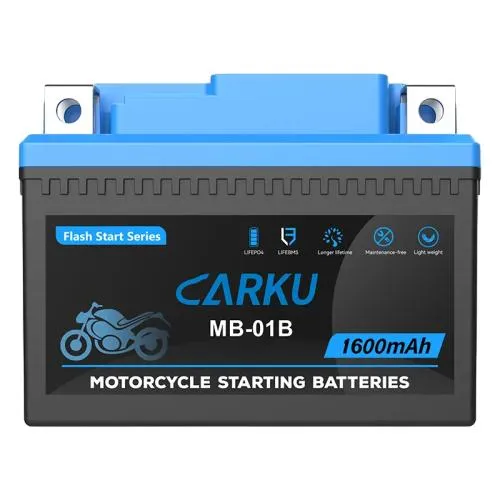
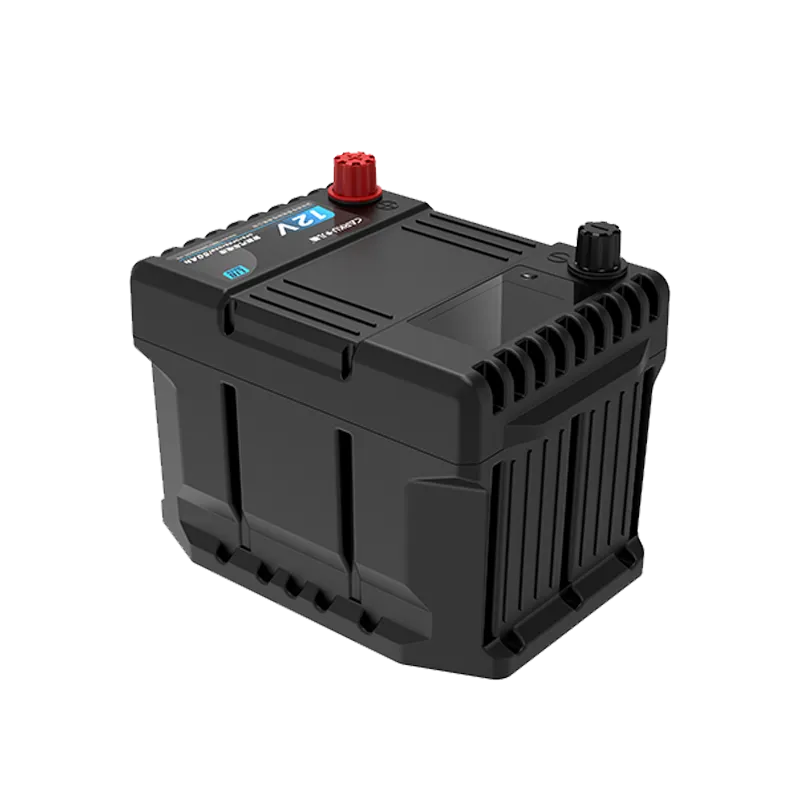
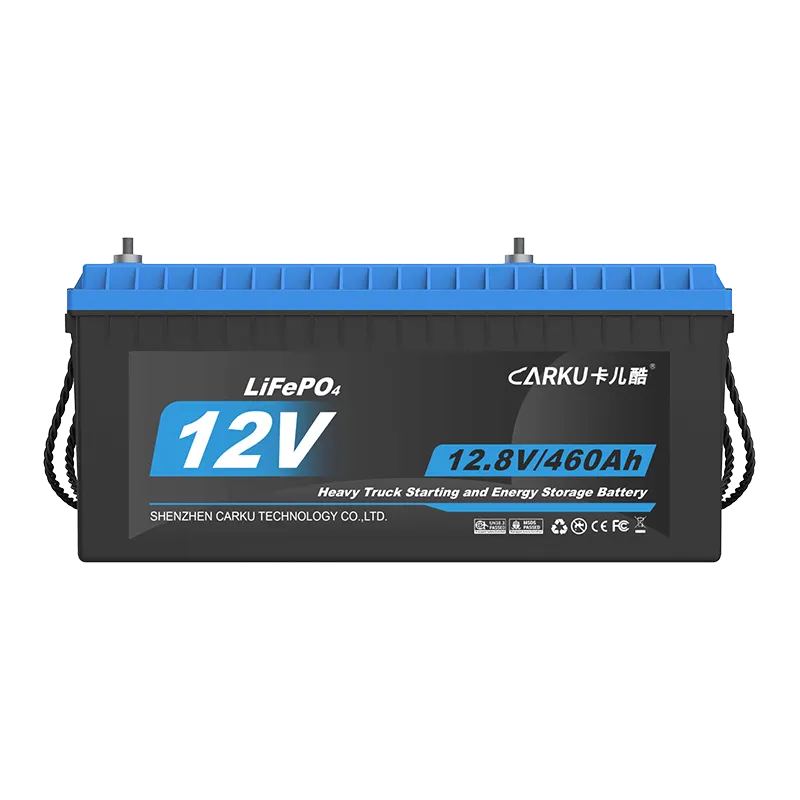

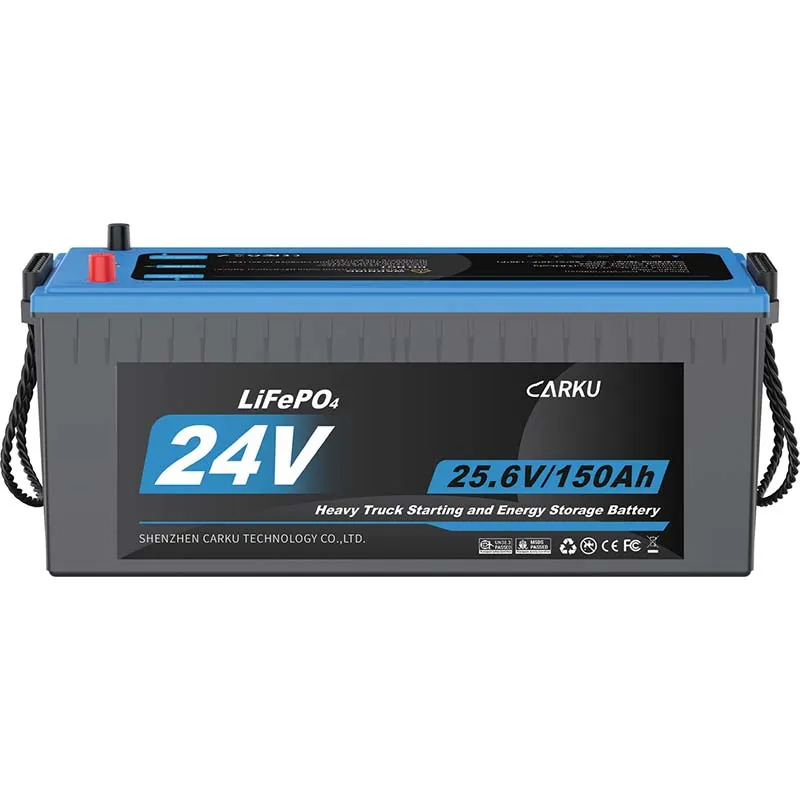
 Jump Starter ODM/OEM Solutions
Jump Starter ODM/OEM Solutions Portable Power Station ODM/OEM Solutions
Portable Power Station ODM/OEM Solutions Starting Battery ODM/OEM Solutions
Starting Battery ODM/OEM Solutions ABOUT CARKU
ABOUT CARKU STRENGTH FACTORY
STRENGTH FACTORY THE DEVELOPMENT HISTORY OF CARKU
THE DEVELOPMENT HISTORY OF CARKU CORE COMPETITIVENESS
CORE COMPETITIVENESS COMPANY CULTURE
COMPANY CULTURE QUALIFICATION
QUALIFICATION
 CARKU News
CARKU News CARKU Exhibitions
CARKU Exhibitions CARKU Battery Applications
CARKU Battery Applications



